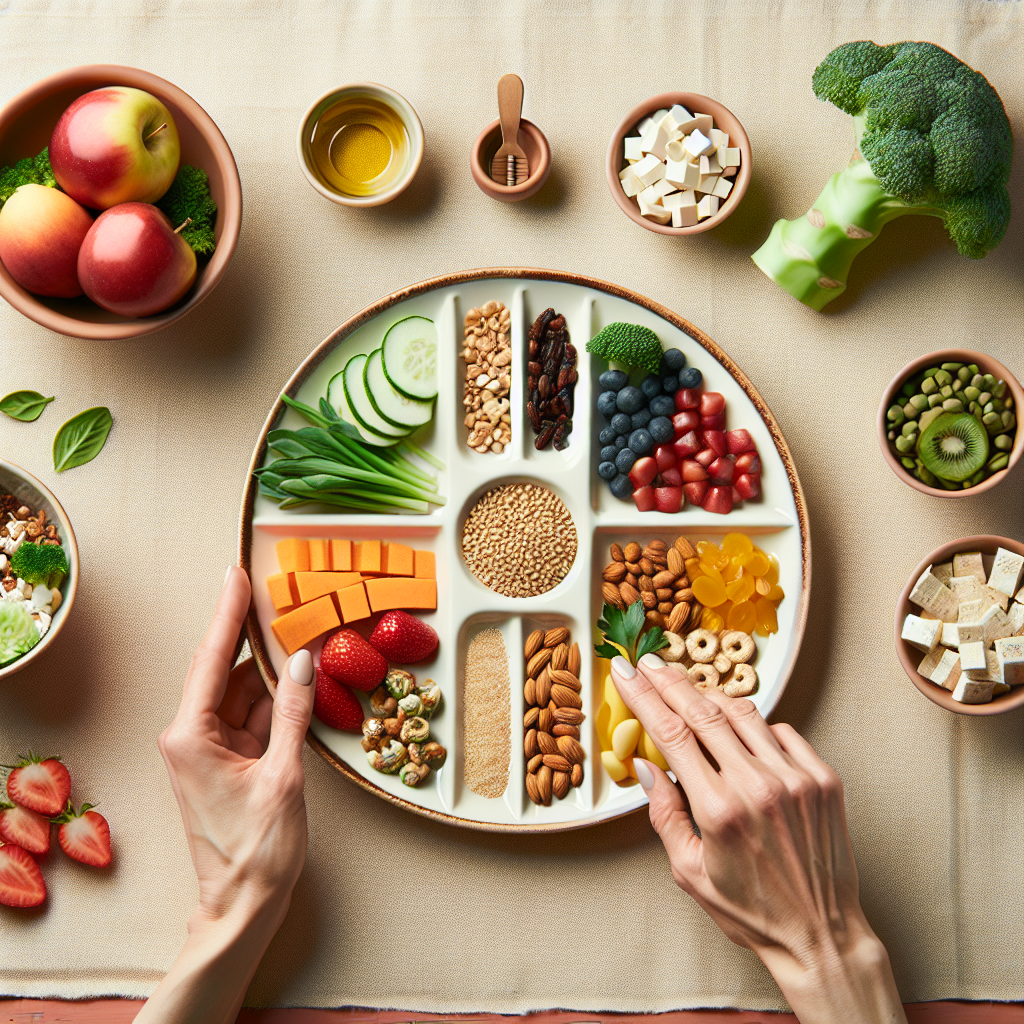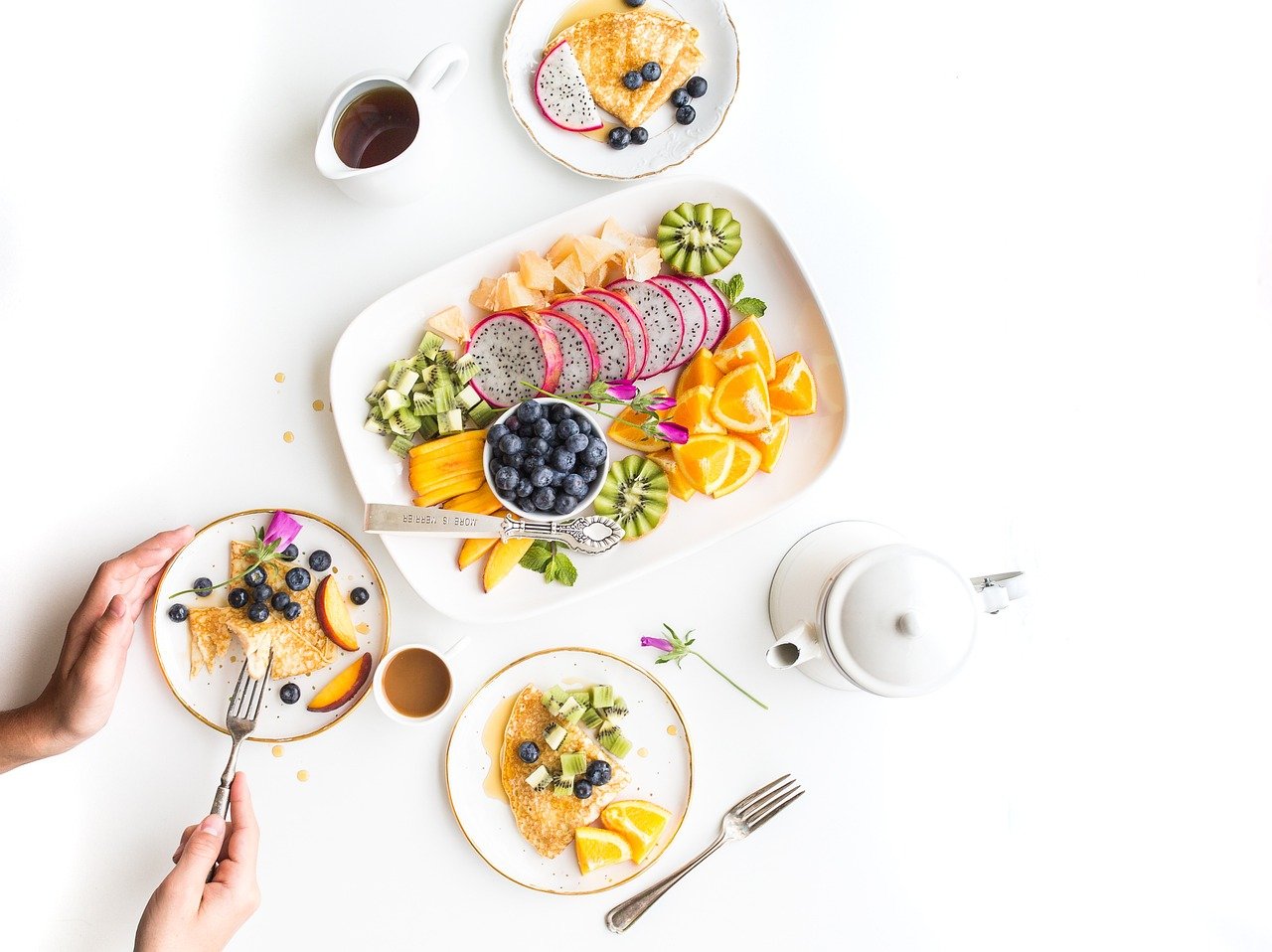In this article, you will discover helpful tips on managing portion sizes in a diabetic vegan meal plan. Whether you recently adopted a vegan lifestyle or have been managing diabetes, finding the right balance can be challenging. However, by following these simple guidelines and incorporating healthy habits, you can ensure that your portion sizes are suitable for a well-balanced diabetic vegan diet. So, let’s dive into the world of portion control and discover how to make it easier for you to navigate your way to a healthier lifestyle.
Understanding Portion Sizes in a Diabetic Vegan Meal Plan
What are Portion Sizes?
Portion sizes refer to the amount of food you consume at each meal or snack. They play a crucial role in maintaining a healthy diet, especially for individuals following a diabetic vegan meal plan. Understanding portion sizes is essential to ensure you are consuming the right balance of nutrients and managing your blood sugar levels effectively.
Why are Portion Sizes Important for Diabetic Vegans?
For individuals with diabetes, portion control is essential for managing blood sugar levels. Maintaining consistent portion sizes helps regulate insulin levels, preventing spikes or drops in blood sugar. When following a vegan diet, it is crucial to ensure you are getting an adequate intake of essential nutrients, such as protein, carbohydrates, and healthy fats. Proper portion control helps you maintain a balanced diet and avoid overeating, which can lead to weight gain and other health complications.
Factors to Consider in Managing Portion Sizes
When managing portion sizes in a diabetic vegan meal plan, several factors need to be considered. These include your individual calorie needs, the nutrient density of the foods you choose, and the balance of macronutrients (carbohydrates, proteins, and fats) in your meals. Additionally, taking into account the plate method for portion control, utilizing measuring tools, and understanding food labels can further assist in managing portion sizes effectively.
Creating a Balanced Diabetic Vegan Meal Plan
Determining Your Calorie Needs
To create a balanced diabetic vegan meal plan, it is essential to determine your calorie needs. Factors such as age, gender, weight, height, and activity level play a role in calculating your daily calorie requirements. Consulting with a registered dietitian is recommended to ensure accurate calculations tailored to your specific needs. Determining your calorie needs enables you to plan your meals and portion sizes accordingly.
Choosing Nutrient-Dense Foods
A diabetic vegan meal plan should focus on consuming nutrient-dense foods to meet your nutritional needs while managing blood sugar levels. Nutrient-dense foods are those that provide a significant amount of essential nutrients with fewer calories. Examples of nutrient-dense foods for vegans include leafy greens, legumes, whole grains, seeds, nuts, and fruits. Incorporating a variety of these foods into your meal plan ensures you get a well-rounded intake of vitamins, minerals, and other beneficial compounds.
Balancing Carbohydrates, Proteins, and Fats
Maintaining a proper balance of carbohydrates, proteins, and fats is crucial for a diabetic vegan meal plan. Carbohydrates have the most significant impact on blood sugar levels, so it is essential to choose complex carbohydrates with a low glycemic index. This includes whole grains, vegetables, and beans. Protein sources such as tofu, tempeh, legumes, and nuts provide essential amino acids and help stabilize blood sugar levels. Healthy fats from sources like avocados, nuts, and seeds should be consumed in moderation. Balancing these macronutrients helps you feel satisfied, maintain stable blood sugar levels, and support overall health.
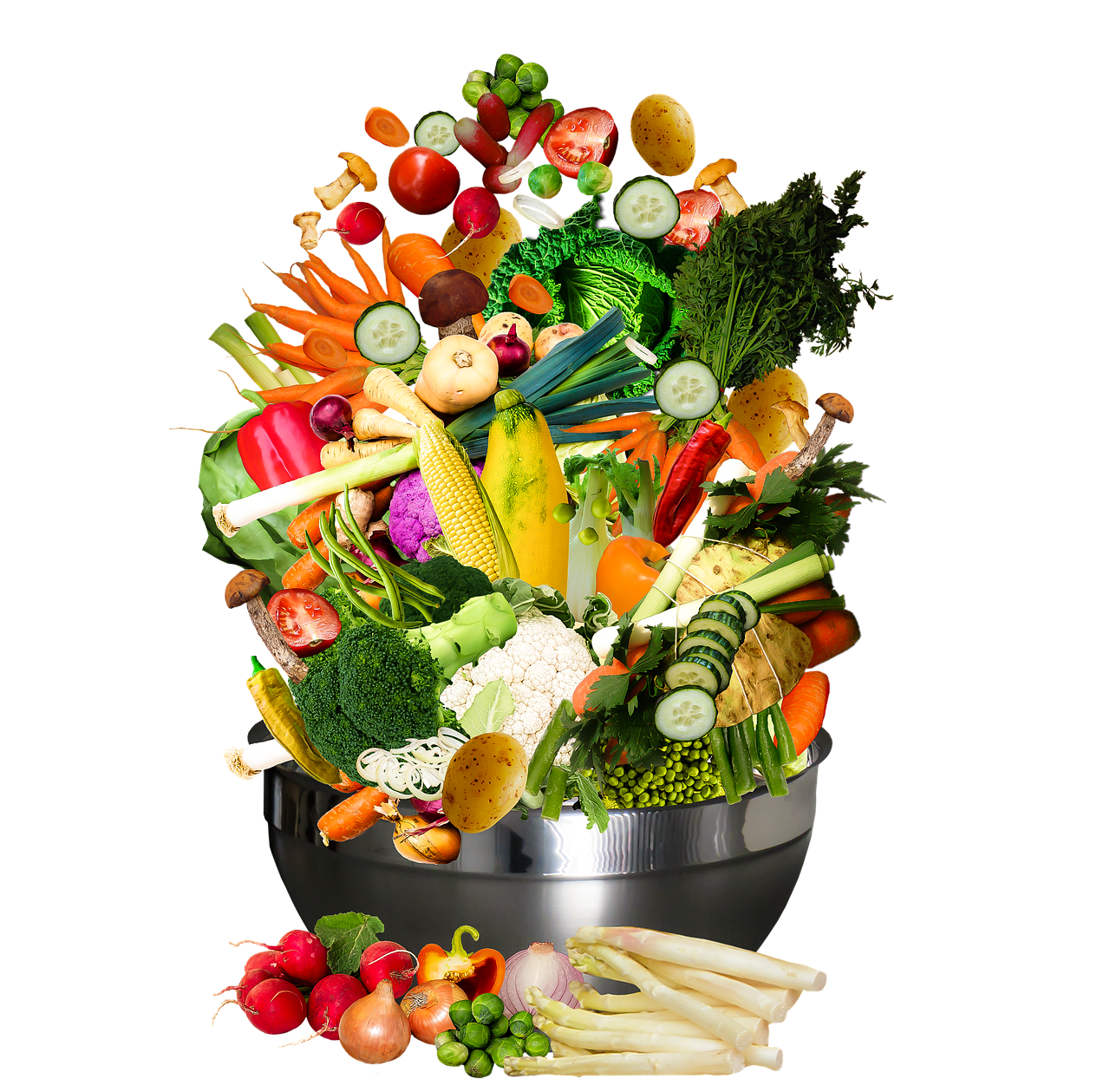
Using the Plate Method for Portion Control
Understanding the Plate Method
The plate method is a simple and effective technique for portion control in a diabetic vegan meal plan. It involves dividing your plate into specific sections to ensure a balanced intake of different food groups. With the plate method, one-half of your plate should consist of non-starchy vegetables such as leafy greens, peppers, broccoli, or zucchini. One-quarter of the plate should be dedicated to plant-based proteins like tofu, tempeh, lentils, or beans. The remaining quarter can be filled with whole grains or starchy vegetables like quinoa, brown rice, sweet potatoes, or corn.
Designing Diabetes-Friendly Vegan Plates
Designing diabetes-friendly vegan plates involves incorporating a variety of nutrient-dense foods while maintaining proper portion sizes. For example, a typical breakfast plate may consist of a serving of steel-cut oats topped with berries, a tablespoon of nut butter, and a small handful of seeds. For lunch, a plate may include a large salad with mixed greens, a serving of grilled tofu or chickpeas as a protein source, and a side of roasted vegetables. Dinner might consist of a quinoa bowl with roasted vegetables, a serving of kidney beans or tempeh, and a small amount of avocado as a source of healthy fat.
Monitoring Portion Sizes with the Plate Method
The plate method helps monitor portion sizes by providing a visual representation of the recommended proportions of different food groups. By following this method, you can ensure you are consuming the appropriate amounts of non-starchy vegetables, plant-based proteins, and whole grains. It also facilitates portion control by limiting the space available for each food group. Paying attention to the size of the portions within each section of the plate can further assist in monitoring and adjusting portion sizes to meet your individual needs.
Measuring Tools and Techniques for Portion Control
Using Measuring Cups and Spoons
Using measuring cups and spoons is a reliable and convenient method for accurately measuring portion sizes. Measuring cups can be used to portion out cooked grains, legumes, and other solid foods, while spoons can be used to measure oils, dressings, and nut butters. By measuring your portions, you can ensure you are consuming the recommended amounts of each food group and avoid overeating. This method is especially helpful for individuals who are just starting to manage their portion sizes or those who require precise measurements for blood sugar control.
Weighing Food
Weighing food with a kitchen scale provides another accurate technique for measuring portion sizes. This method allows for precise measurement of solid foods, such as fruits, vegetables, tofu, and nuts, by determining their weight in grams or ounces. Weighing food can be particularly useful for those who are closely monitoring their calorie intake or have specific dietary requirements. It also helps in maintaining consistency in portion sizes, which is essential for managing blood sugar levels effectively.
Estimating Portion Sizes by Visual Clues
Estimating portion sizes by visual clues can be a helpful skill once you become familiar with portion sizes. Over time, you may develop an understanding of what an appropriate portion looks like based on its appearance or how it fits in your hand. For example, a serving of cooked pasta can roughly be equivalent to the size of a closed fist, while a serving of nuts can be approximately the size of a golf ball. While this method may not provide precise measurements, it can be a practical tool for monitoring and adjusting portion sizes when you don’t have access to measuring tools.

Tips for Managing Portion Sizes while Dining Out
Researching the Menu in Advance
When dining out, researching the menu in advance can assist in managing portion sizes effectively. Many restaurants now provide nutritional information and portion sizes online or upon request. By reviewing the menu ahead of time, you can identify suitable options that align with your diabetic vegan meal plan and plan your portions accordingly. Look for dishes that include a balance of non-starchy vegetables, plant-based proteins, and whole grains to create a nutrient-dense meal.
Requesting Modifications to Fit Your Needs
Don’t hesitate to request modifications to fit your nutritional needs when dining out. Most restaurants are accommodating and willing to make adjustments to their dishes. For example, ask for extra vegetables instead of starchy sides or request sauces and dressings on the side to control the amount you consume. Customizing your order allows you to control portion sizes and make choices that align with your diabetic vegan meal plan.
Practicing Mindful Eating
Mindful eating is a beneficial practice when managing portion sizes while dining out. This involves paying attention to your hunger and fullness cues, eating slowly, and savoring each bite. By being present and focused on your meal, you are less likely to overeat or consume larger portions than necessary. Take the time to chew your food thoroughly and engage with the flavors and textures. This approach can help you enjoy your dining experience while keeping portion sizes in check.
Reading Food Labels for Portion Control
Understanding Serving Size Information
Reading food labels is essential for managing portion sizes effectively. By understanding the serving size information provided on the labels, you can determine how many servings are in a package and adjust your portions accordingly. Pay attention to both the serving size and the number of servings per container to calculate the actual portion size you consume. This step helps prevent overeating and allows you to make informed choices based on your dietary needs.
Identifying Hidden Sugars and High-Carb Ingredients
When reading food labels, it is important to identify hidden sugars and high-carb ingredients. Diabetic vegans need to be aware of the sources of carbohydrates in their meals to manage blood sugar levels effectively. Check the ingredients list for added sugars, such as corn syrup, agave nectar, or cane sugar. Also, look for high-carb ingredients like refined grains or flours. Avoiding or controlling the intake of these ingredients can help maintain stable blood sugar levels and prevent unnecessary weight gain.
Using Labels to Make Informed Choices
Food labels provide valuable information to make informed choices regarding portion sizes and nutrient content. Compare different brands and products to choose those with healthier ingredient profiles and appropriate portion sizes. Look for foods that are lower in added sugars, sodium, and unhealthy fats while being higher in fiber and essential nutrients. Using labels can guide you in selecting products that align with your dietary goals and ensure you are managing portion sizes effectively.
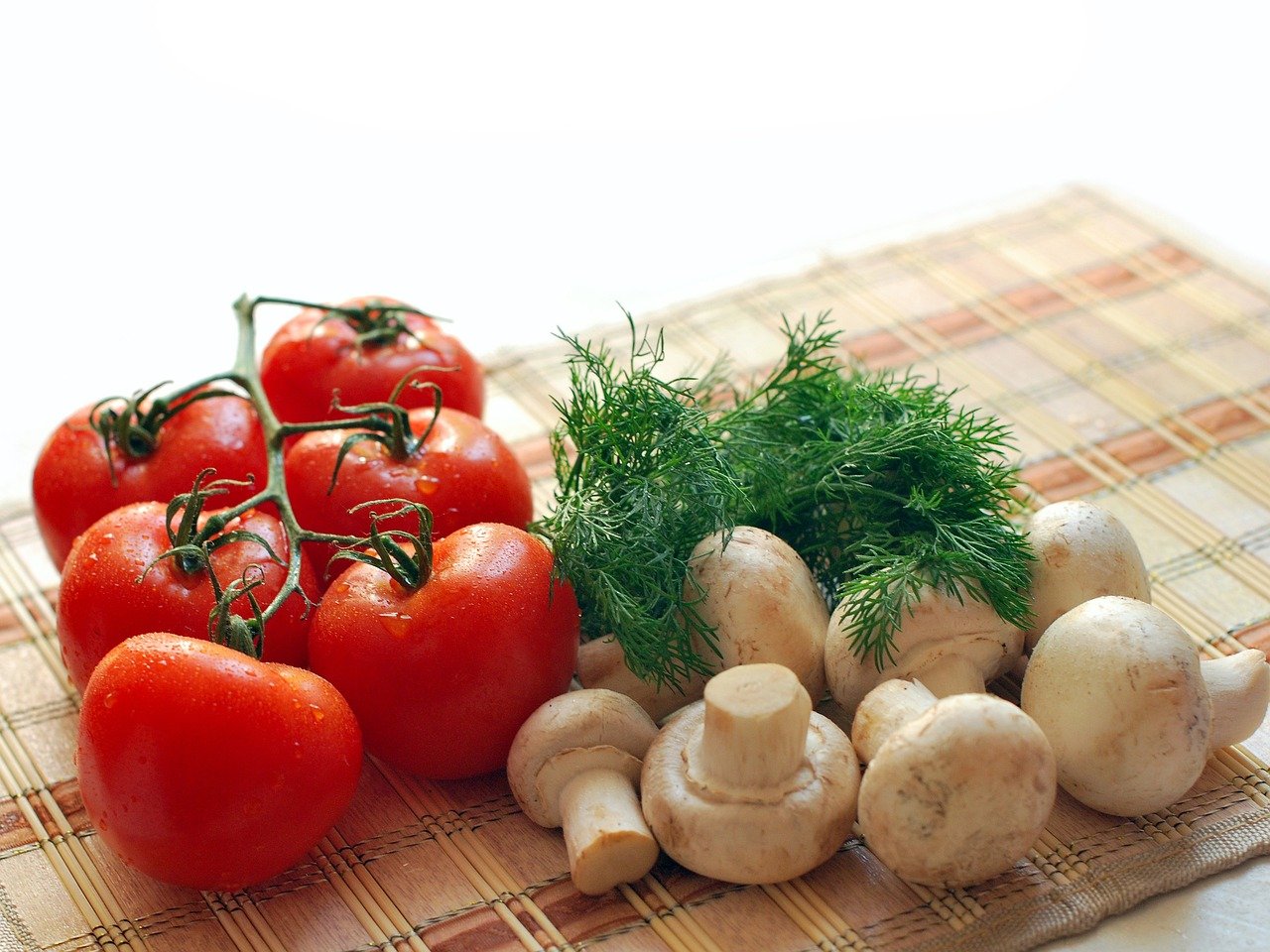
Effective Strategies to Avoid Overeating
Eating Slowly and Mindfully
Eating slowly and mindfully is a proven strategy to avoid overeating. It takes time for your body to recognize feelings of fullness, so slowing down the pace at which you eat can help prevent overconsumption. Chew your food thoroughly and savor each bite, focusing on the taste, texture, and aroma. Put down your utensils between bites and engage in conversation or take sips of water to prolong your meal. By being mindful and present during your meals, you can enjoy your food and recognize when you are satisfied, preventing overeating.
Using Smaller Plates and Bowls
Using smaller plates and bowls can be an effective visual cue to manage portion sizes. When serving your meals, opt for smaller dishware, which can give the illusion of a larger portion. This psychological trick can help you feel satisfied with a smaller amount of food. Also, be mindful of portion control when plating your food, leaving some empty space on the plate. This technique can help trick your brain into feeling satisfied without overindulging.
Planning and Preparing Meals in Advance
Planning and preparing meals in advance can be a valuable strategy to avoid overeating and manage portion sizes effectively. By meal prepping, you have control over the ingredients and portion sizes of your meals, ensuring they align with your diabetic vegan meal plan. Prepare balanced meals in appropriate portion sizes and pack them in containers for easy access throughout the week. When you have pre-portioned meals readily available, you are less likely to make impulsive food choices or overeat.
Avoiding Common Portion Size Pitfalls
Mindless Snacking
Mindless snacking can significantly impact portion sizes and lead to overeating. Snacking without paying attention to portion sizes and nutritional content can quickly add excess calories and contribute to blood sugar imbalances. Avoid mindless snacking by practicing mindful eating techniques. Before reaching for a snack, evaluate whether you are truly hungry or if you are eating out of boredom or habit. Choose nutritious snack options in appropriate portion sizes and savor them mindfully.
Underestimating Portion Sizes
Underestimating portion sizes is a common pitfall when managing a diabetic vegan meal plan. It can be challenging to visually gauge appropriate portions, leading to overconsumption. To avoid underestimating, it is helpful to use measuring tools or practice estimating portion sizes by visual clues. Regularly referring to food labels and consulting with a registered dietitian can also provide guidance on appropriate portion sizes for specific foods. By being aware and vigilant, you can accurately estimate and monitor your portion sizes to fit your dietary needs.
Ignoring Liquid Calories
Ignoring liquid calories is another common mistake when managing portion sizes. Beverages such as sodas, juices, and specialty coffee drinks can contain significant amounts of calories and added sugars. These liquid calories can easily go unnoticed and contribute to weight gain and blood sugar imbalances. Opt for hydrating choices like water, unsweetened herbal tea, or black coffee, and limit your intake of sugary drinks. Pay attention to portion sizes and read labels to ensure you are making choices that align with your nutritional goals.
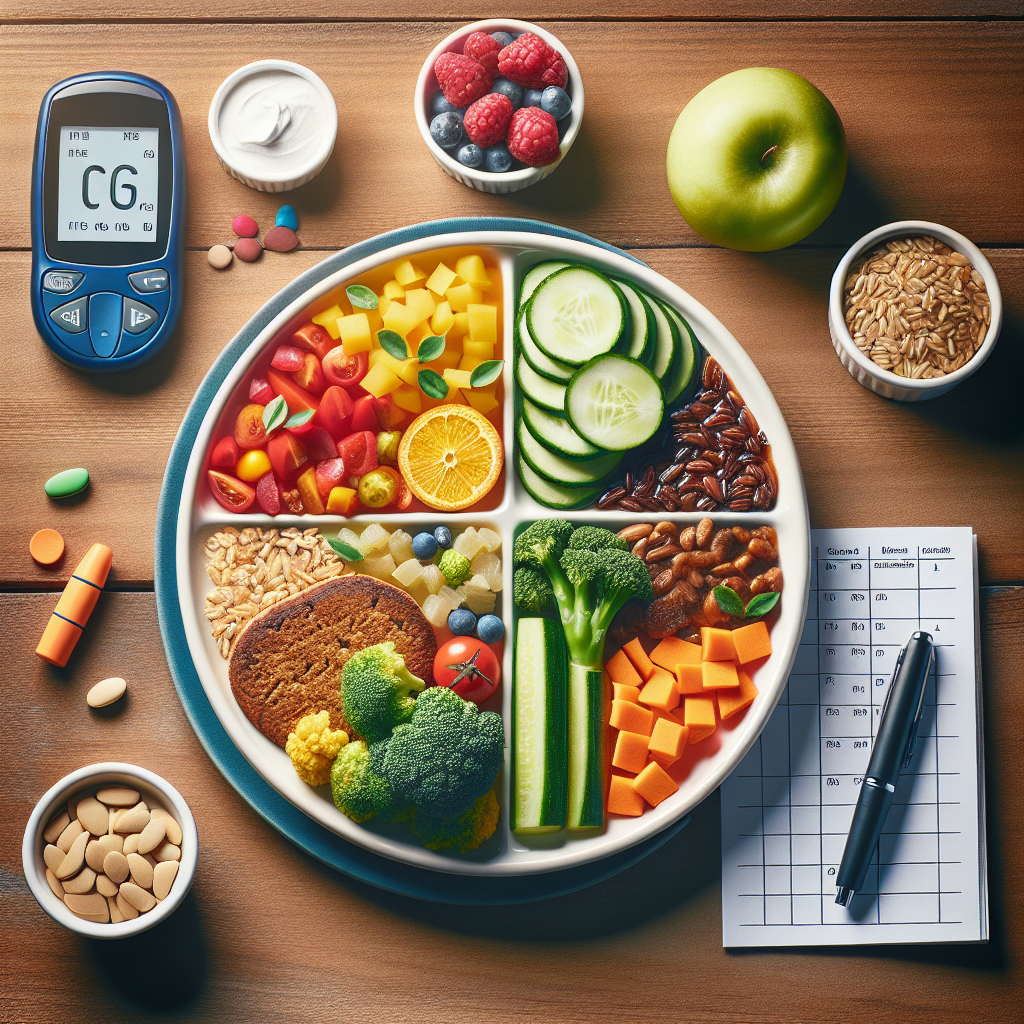
Seeking Professional Guidance for Portion Control
Consulting with a Registered Dietitian
When it comes to managing portion sizes effectively, seeking professional guidance from a registered dietitian is highly recommended. A registered dietitian specializes in nutrition and can help tailor a diabetic vegan meal plan that considers your individual needs, preferences, and health goals. They will assess your calorie requirements, develop a balanced meal plan, and provide education on portion control strategies. Working with a registered dietitian ensures you receive evidence-based information and ongoing support for effective portion control.
Understanding Individualized Portion Recommendations
Individualized portion recommendations are essential as everyone’s needs may vary depending on various factors. A registered dietitian can help you determine the appropriate portion sizes for your unique circumstances. They consider factors such as age, activity level, metabolic rate, and specific health conditions like diabetes. By understanding your individualized portion recommendations, you can make informed choices and effectively manage your blood sugar levels while following a diabetic vegan meal plan.
Addressing Specific Challenges
A registered dietitian can help address specific challenges you may encounter when managing portion sizes in a diabetic vegan meal plan. They can provide guidance on dining out, managing social situations, dealing with cravings, and incorporating treats and desserts into your meal plan. They will work with you to identify potential obstacles and develop strategies to overcome them. With their expertise, you can navigate potential challenges with confidence and maintain a consistent portion control routine.
Monitoring Blood Sugar Levels and Adjusting Portions
Importance of Regular Blood Sugar Testing
Regular blood sugar testing is crucial for individuals with diabetes to monitor their blood glucose levels. By consistently monitoring your blood sugar, you can identify patterns and understand how different foods and portion sizes impact your levels. This information helps you make informed decisions and adjust your portions accordingly. Regular testing allows you to maintain stable blood sugar control and ensure the effectiveness of your diabetic vegan meal plan.
Adjusting Portions Based on Blood Sugar Readings
Based on your blood sugar readings, you may need to adjust your portion sizes to optimize blood sugar control. If your readings consistently fall outside the target range, it may indicate that your portions are either too large or too small for your body’s needs. Consider consulting with a registered dietitian or your healthcare team to determine appropriate adjustments. They can guide you in modifying portion sizes and fine-tuning your meal plan to achieve better blood sugar management.
Working with Healthcare Professionals
Working with healthcare professionals, such as your primary care physician, endocrinologist, or diabetes educator, is essential for managing portion sizes effectively in a diabetic vegan meal plan. They can provide guidance specific to your health condition, offer feedback on your blood sugar readings, and monitor your progress. Collaborating with healthcare professionals ensures you have a comprehensive approach to managing your diabetes and can make informed decisions regarding your portion sizes and overall meal plan.
In conclusion, managing portion sizes in a diabetic vegan meal plan is crucial for maintaining stable blood sugar levels and overall health. Understanding portion sizes, determining individual calorie needs, choosing nutrient-dense foods, utilizing the plate method, employing measuring tools, practicing mindful eating, reading food labels, and implementing effective strategies can all contribute to effective portion control. It is vital to be aware of common portion size pitfalls and seek professional guidance to address specific challenges. By monitoring blood sugar levels and adjusting portions accordingly, you can successfully manage your diabetes while following a vegan lifestyle. Collaborating with healthcare professionals ensures you have the support and resources needed to navigate portion control and achieve optimal health outcomes.
